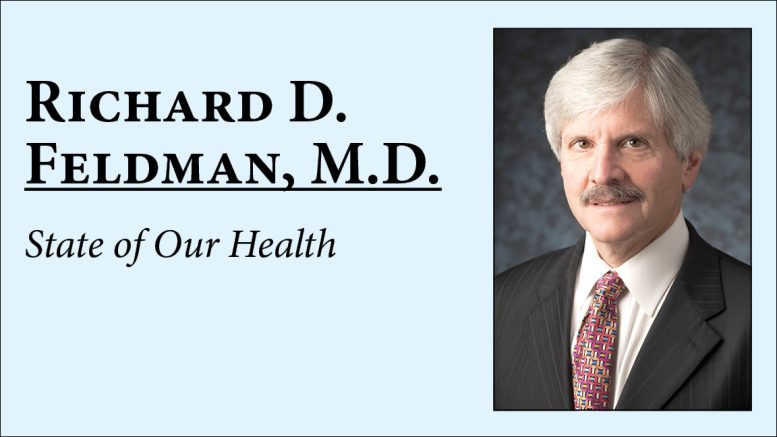The advanced practice registered nurses (nurse practitioners) are again at the legislature seeking independent practice. Currently an APRN with prescription authority must have a collaborative relationship with a physician that includes chart review.
Physicians value their APRN colleagues but have long believed that they should be part of a health-care team led by a physician. In such a relationship, they are especially valuable to the delivery and expansion of health care services.
APRNs say physicians’ opposition to independent practice is purely a turf issue. This is truly not about competition; it’s about quality and safety of patient care. As a residency director for 40 years, I have clinically trained the gamut of health-professional student types. I can attest that APRNs have limitations due to limited knowledge, training, and experience.
The clinical training hours of a physician are far more than an APRN: 12,000 to 21,000 hours as compared to about 500 to 750 for an APRN. The training pathways, consistency in training, and clinical exposure for APRNs vary widely from school to school, some relying heavily on online education. Many schools have inconsistent and poorly organized and vetted clinical rotations for their students.
Also important is the qualitative difference in training for a physician, which involves intensive experiences, depth of responsibility, and intervention. There are years of direct shoulder-to-shoulder onsite supervision and oversight by faculty through the clinical years of medical school and residency. APRN clinical training, in contrast, is largely observational, and students are not rigorously evaluated.
Patients come to providers undifferentiated. Chest pain could be heart attack, dissecting thoracic aortic aneurism, or just simple indigestion. Back pain could be a strained muscle or a life-threatening disorder.
APRNs need to be prepared to encounter all such clinical situations. There is danger in not recognizing what one does not know because of lack of adequate training and experience.
Would you want to go to a physician who graduated medical school and went out into independent practice without further training? I hope the same would be true for seeing an APRN in independent practice.
APRN leadership claims to have a body of research that proves that their quality of care in independent practice is equivalent or better than the care of physicians despite the disparity in training. With a mere 750 hours of training how can that be? The medical community has repeatedly pointed out the problematic nature of their research, much of which is of poor quality, old, and conducted while physician supervision was required.
Cast a critical eye on their research.
There are many medical studies that arrive at a contrary conclusion. For example, in a recent study published by the National Bureau of Economic Research, independent APRNs providing emergency department care demonstrated 11 percent longer ED stays, 20 percent increased preventable hospitalizations, and up to 15 percent increased health-care costs (including ordering more diagnostic tests and requesting formal consults) compared to physicians.
APRNs claim that their independent practice is essential to increasing health-care access in underserved rural areas. This is refuted by objective geographic mapping demonstrating a very similar distribution of APRNs and physicians.
APRNs are worthy professionals. But they are not physicians.
I once read the story of an Indiana family physician who was previously an APRN. After attending medical school and residency, she reflected on the fact that after she got into residency training, “I realized how much I did not know.”
Richard D. Feldman, M.D. is an Indianapolis family physician and former Indiana State Health Commissioner who served in the administration of Governor Frank O’Bannon.

